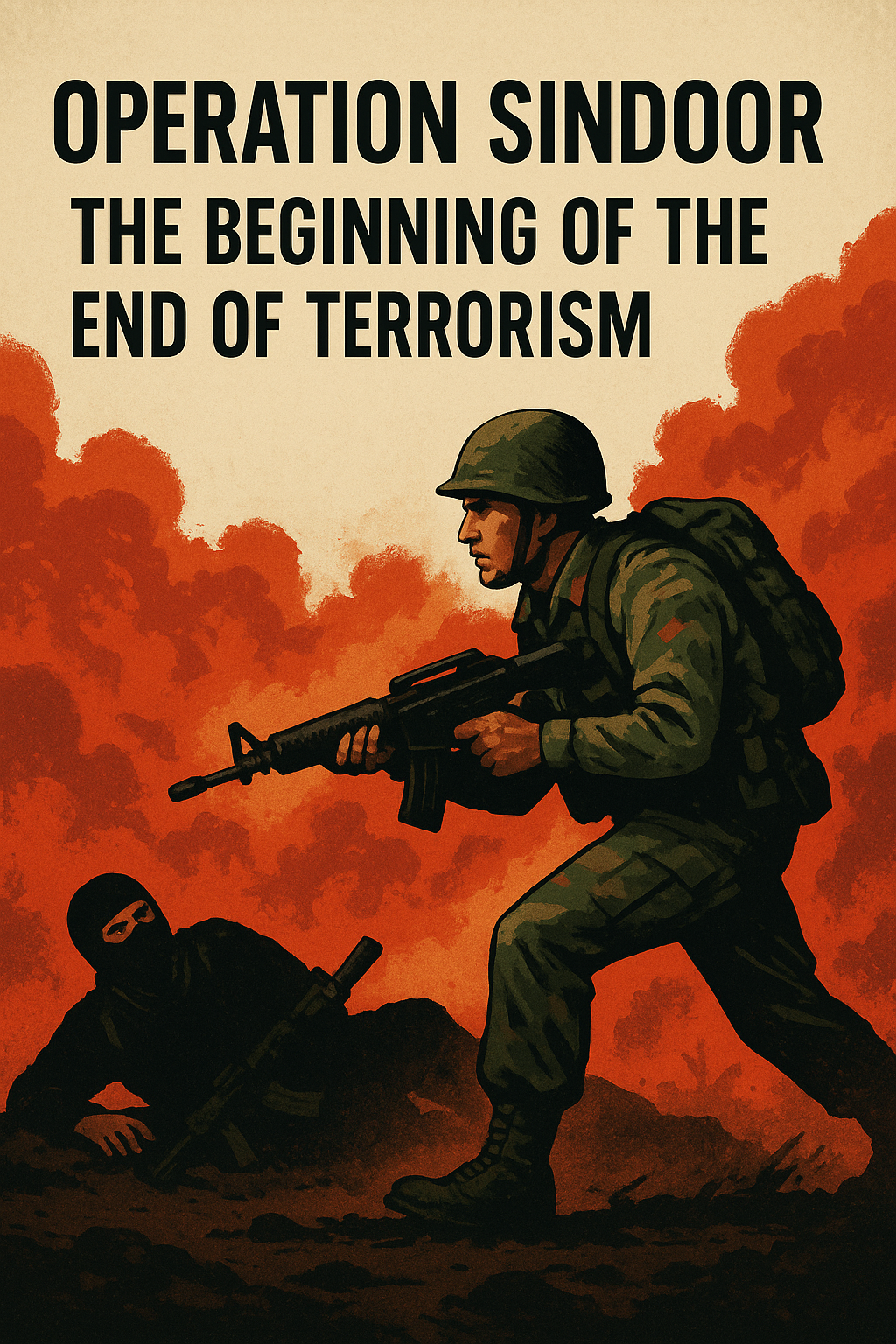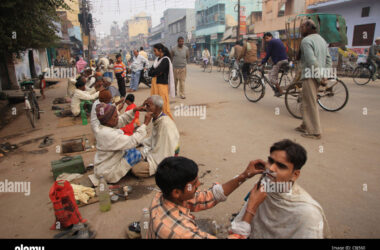Terrorism has wounded nations, divided communities, and shattered countless innocent lives across the globe. For decades, it operated in shadows, thriving on fear, chaos, and political indecisiveness.
India, one of the worst-hit countries, has suffered major attacks on civilians, soldiers, and its economy.
While diplomatic efforts were ongoing, a decisive response was long overdue. Operation Sindoor was not just a mission. It was India’s bold answer to an ongoing war against terrorism. It redefined how a sovereign state should defend its people from calculated, foreign-sponsored violence.
The operation was swift, strategic, and sent shockwaves around the world. It signaled a shift from passive resistance to proactive defense. The name “Sindoor” symbolizes sacred protection and unwavering resolve—just like the operation’s intent. Operation Sindoor wasn’t just about weapons or warfare. It was about reclaiming peace through action. Let us now understand the backdrop, planning, execution, and the global impact of this remarkable mission.
Background: The Rising Tide of Threats.
India has faced continuous cross-border terrorism, mostly originating from neighboring regions. Militant groups targeted cities, markets, temples, and military convoys with brutal precision. Despite diplomatic warnings, these attacks kept recurring, often funded by international terror networks. Training camps flourished just across the border, guarded by proxy elements. Security agencies intercepted calls, movements, and supplies, but political roadblocks limited action. Public outrage reached its peak after a deadly convoy attack killed multiple Indian soldiers. Enough was enough.
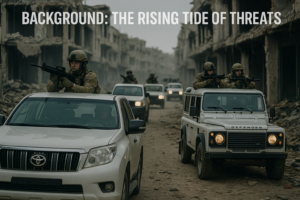
The government decided it could not allow impunity any longer. Security advisors presented intelligence that confirmed the source, location, and chain of command. Opposition and ruling parties agreed on one thing—India must respond decisively. The Prime Minister called an emergency defense council meeting to greenlight retaliatory plans. Military chiefs and RAW operatives began building a tactical operation unlike any in the past. They would strike fast, hard, and clean. The name chosen was Operation Sindoor.
Planning: Precision at Every Step.
Operation Sindoor was designed with precision and secrecy at its core. High-level coordination took place between Indian Army, Air Force, Navy, and intelligence units. Satellite imagery pinpointed terror hubs with real-time accuracy. Cyber units traced encrypted messages that revealed meeting spots and weapons storage areas. Diplomatic discussions took place with key allies to prevent global backlash.
International law was consulted to ensure legitimacy under self-defense clauses. Forces moved silently under the guise of routine exercises near sensitive borders. Commandos trained for urban and mountain warfare, simulating various battlefield scenarios.

Drones hovered over hostile territory, gathering fresh intelligence every hour. Special communication lines were established to ensure zero leaks. Air force squadrons ran dummy missions to confuse potential informants. The final draft included airstrikes, ground raids, and cyber sabotage. The operation got approval in total secrecy and was ready for execution.
Execution: Swift, Silent, and Sure.
Operation Sindoor began before sunrise on March 18th. Jets crossed the LoC and struck terror bases in a lightning-fast aerial strike. Simultaneously, special forces were deployed through helicopters for ground-based neutralizations. High-value targets were taken down within minutes using night-vision-equipped sharpshooters. Communication towers and bunkers destroyed using guided missile technology.
Cyber teams disabled enemy GPS and command relays during the attack window. Major camps razed without harming civilians or residential infrastructure. Commandos retrieved vital data, arms, and identification evidence from the sites. Indian casualties stood at zero, thanks to months of tactical preparation.
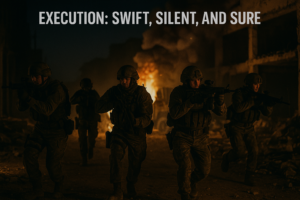
Captured terrorists were brought back for intelligence debriefing. The visuals have been released now, confirming the scale and precision of the operation. Operation Sindoor had achieved complete surprise and absolute success. Media houses across the globe ran it as breaking news. India had finally drawn a red line—clear, sharp, and non-negotiable.
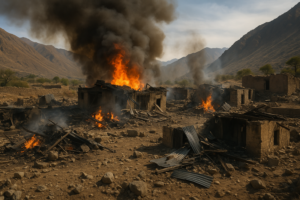
Aftermath: Global Reverberations and Reactions.
The impact of Operation Sindoor will have its effects far beyond India’s borders. Multiple countries began rechecking their intelligence files for terror links exposed by India. Global banking systems froze accounts connected to flagged militant entities. Interpol updated its list based on Indian inputs and issued red-corner notices. Foreign media lauded the professionalism and restraint of the Indian Armed Forces.
Regional powers opened diplomatic backchannels to de-escalate tensions. Several rogue elements fled their hideouts, fearing follow-up missions.
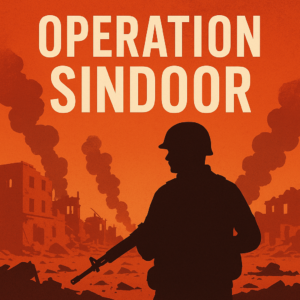
United Nations appreciated India’s legitimate right to protect its citizens and sovereignty. The US and France extended support through intelligence cooperation and moral backing. Within India, the public hailed the bravery of the forces and leadership alike. Nationwide rallies showed gratitude toward soldiers who risked their lives silently. Veterans called Operation Sindoor a watershed moment in counter-terror history. Even skeptical critics acknowledged the strategic depth of the operation. The international message is clear: terrorism won’t be tolerated now.
Conclusion: The End of Terrorism Begins Here.
Operation Sindoor was not just a military response. It was a message to the world. It proved that peace does not mean passivity, and diplomacy must never replace justice. This operation has set a new global standard for legal, ethical, and effective counter-terror actions. The symbolic red mark of “Sindoor” now stands as a warning for every terror outfit. India did not seek war but refused to accept violence as normal. The operation’s success showed that political will, military readiness, and public unity can rewrite history.
More nations are now considering proactive measures based on India’s strategy. Terrorism, for the first time, is facing real consequences globally. The fear has shifted—terrorists are now looking over their shoulders. This is not the end. But it’s certainly the beginning of the end for terrorism. And it all began with one operation—Operation Sindoor.
Utpal Khot
Copyright © Utpal K
1. If you share this post, please give due credit to the author Utpal Khot
2. Please DO NOT PLAGIARIZE. Please DO NOT Cut/Copy/Paste this post.
© Utpal K., all rights reserved.
Copyright Notice: No part of this Blog may be reproduced or utilized in any form or by any means, electronic or mechanical including photocopying or by any information storage and retrieval system, without permission in writing from the Blog Author Utpal Khot who holds the copyright.
